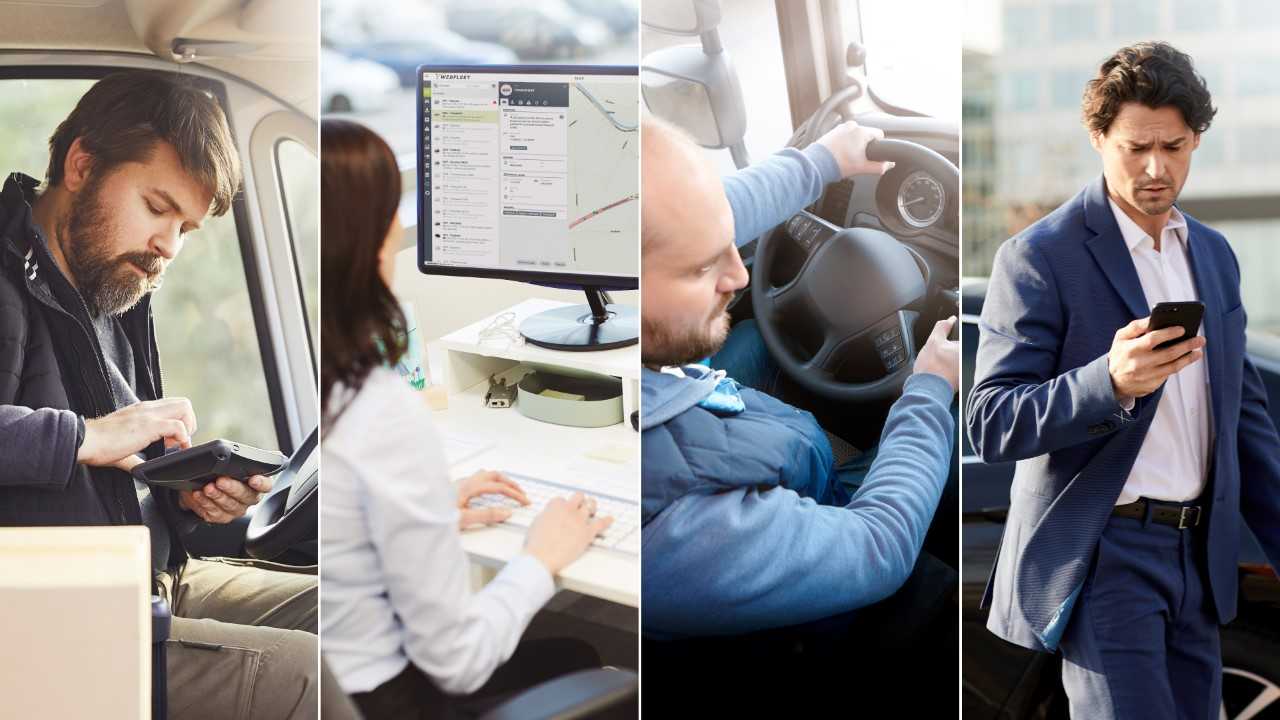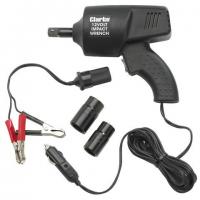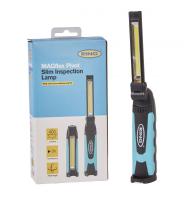The thinking behind Bridgestone’s TomTom Telematics acquisition
 Bridgestone bought TomTom Telematics for 910 million euros
Bridgestone bought TomTom Telematics for 910 million euros
Bridgestone’s successful acquisition of TomTom Telematics follows earlier reports that both Michelin and Bridgestone were vying to buy the Telematics business unit from Netherlands-based company TomTom. In addition, according to Dutch financial daily Het Financieele Dagblad, Michelin was one of four in the running. For its part, Michelin was allegedly aiming to add the business into its Michelin Solutions portfolio. Clearly, in order to maintain its original plans and to compete with Bridgestone, Michelin will now have to find an alternative way of moving forward.
Het Financieele Dagblad reported that the other interested parties were Pamplona Capital Management, which already holds a 26.5 per cent share in London-headquartered telematics and data analytics solutions provider Octo Telematics, and a second, unnamed investment company.
At the time, pricetag estimates ranged from 1 billion to 1.5 billion euros. With this in mind, Bridgestone’s successful bid of 910 million euros appears to have been well negotiated.
Following the news that Bridgestone won the race to acquire TomTom telematics, Tyres & Accessories got in touch with the tyre manufacturer to find out more. The official responses from the company’s press office help give us a clearer picture of the thinking behind the deal.
Tyres & Accessories: Why does a tyre company want to get involved in telematics? What has it got to do with making tyres? How does it affect Bridgestone’s tyre manufacturing output?
Bridgestone: Bridgestone EMEA is rapidly transforming from a tyre producer into a solutions leader. This is why, over the last few years, we have invested heavily in our digital transformation and, specifically, capabilities in data collection from sensors, data platforms and analytics, and pioneered a range of digital solutions and applications such as Tirematics, Mobox, FleetPulse, and Bridgestone Connect.
It’s in the fleet world where we see some of the greatest opportunities for growth. We foresee an increasing demand in the transportation sector (people and goods) where fleets will continue growing over individually-owned vehicles. Fleet owners and managers will need to maximise productivity and minimise total cost of ownership.
At Bridgestone EMEA, fleet solutions are a priority direction for our future because they are key enablers for new business models in the people mobility and goods transportation ecosystems. By combining TTT’s premium digital offering, tailored go-to-market system and underlying technology and data analytics with Bridgestone’s strong brand equity, large customer base and retail & R&D capabilities, a fleet solutions powerhouse will be created.
T&A: How does acquiring TomTom Telematics help Bridgestone become a mobility solutions leader?
Bridgestone: At Bridgestone, we have made digital mobility solutions and fleet solutions a strategic priority because it’s in the fleet world where we see some of the greatest opportunities for growth. TTT, the European market leader in digital fleet solutions and a front-runner in a double-digit growth industry, fits Bridgestone strategically.
It has a tailored go-to-market system, a competitive and robust product offer including WebFleet and NextFleet, and strong underlying technology and data analytics. On top of this, it has a large user base of more than 50,000 customers across 860,000 vehicles of which more than two thirds are commercial.
TTT is also well-positioned for future growth in fleet solutions and to develop new business models relying on software capabilities.
The access to the biggest European data platform of cars and trucks will strengthen and enhanced our tyre development in particular in the space of virtual development and testing as well as predictive modelling and connected tyres. This will enable us to stay at the leading edge of innovation in support of our OEM and replacement customers.
T&A: Is this as applicable to consumer fleet driving as it is to commercial?
Bridgestone: TTT is a division of TomTom, the European market leader in digital fleet solutions and a front-runner in a double-digit growth industry. It has a tailored go-to-market system, a competitive and robust product offer including WebFleet and NextFleet, and strong underlying technology and data analytics. On top of this, it has a large installed user base of more than 50,000 customers across 860,000 vehicles of which more than two-thirds are commercial, and great customer intimacy and satisfaction levels.





Comments